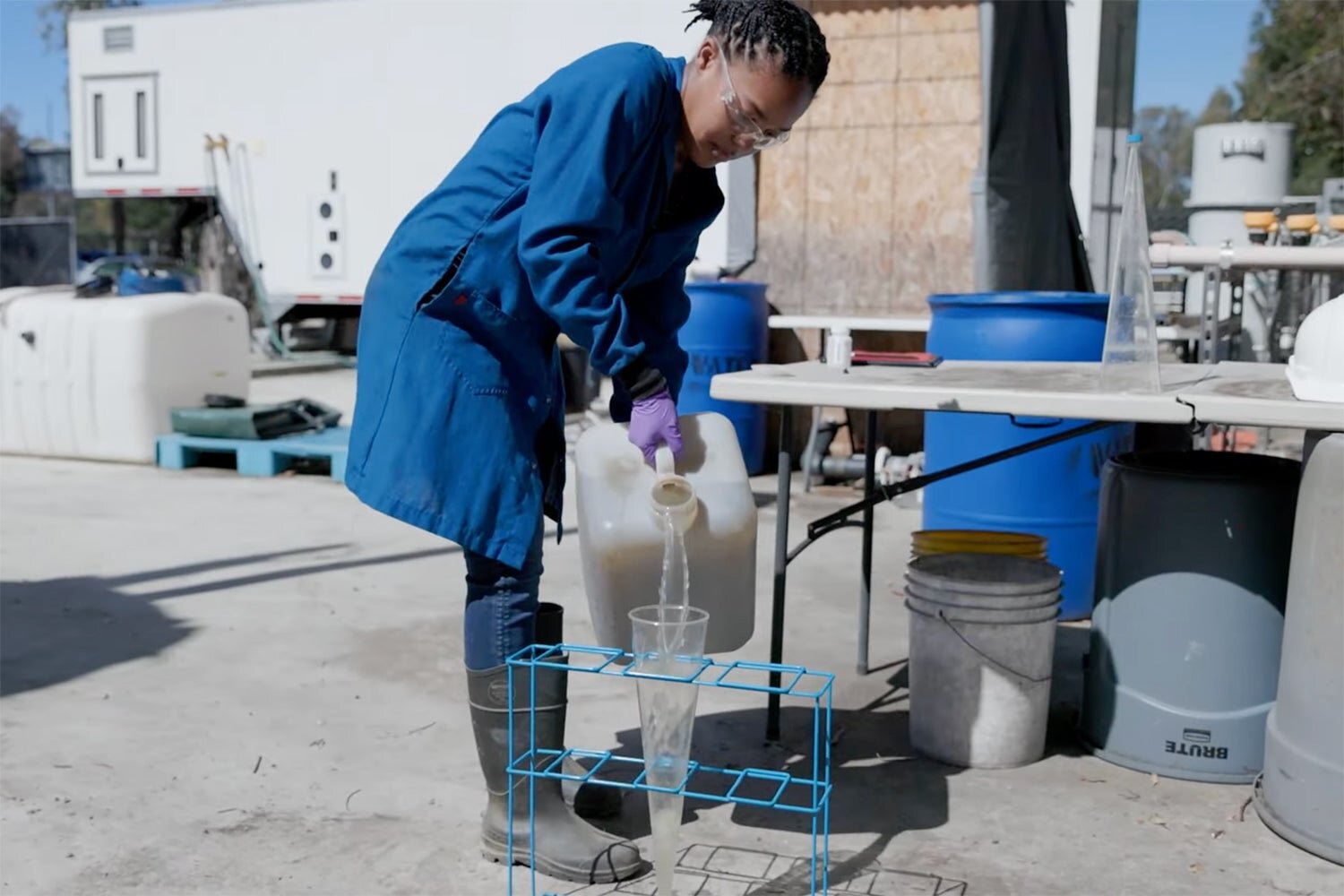#Understanding the ionisation of proton-impacted helium

“#Understanding the ionisation of proton-impacted helium”

Advanced mathematical analysis of the ionization of a helium atom by an impacting proton has revealed where discrepancies arise between experiments and existing theoretical calculations of the process
When an atom is impacted by a fast-moving proton, one of its orbiting electrons may be knocked away, leaving behind a positively-charged ion. To understand this process, it is important for researchers to investigate distributions in the angles at which electrons travel when knocked away. In a new study published in EPJ D, M. Purkait and colleagues at Ramakrishna Mission Residential College in India have clearly identified particular areas where discrepancies arise between the angular distributions measured in theories and experiments.
The team’s results could lead to more advanced calculations of this ionization process. In turn, improved theoretical techniques could be applied in areas as wide-ranging as plasma physics, cancer therapy, and the development of new laser technologies. With the latest experimental techniques, physicists can now accurately measure how the angular paths of emitted electrons will vary, depending both on the energy of the electron, and the momentum transferred from the impacting proton. These distributions are described in calculations named ‘fully differential cross sections’ (FDCSs) – which are essential to guiding theoretical models of the ionization process. So far, however, theoretical calculations have often contrasted in uncertain ways with experimentally-obtained FDCSs.
In their study, Purkait’s team investigated the ionization of a helium atom by a proton impact. Since a helium nucleus contains two protons and two neutrons, the researchers studied the process using a ‘four-body distorted wave’ (DW-4B) approximation. With this toolset, they could approximate the deeply complex interactions involved using simpler mathematics. This allowed them to account for the behaviors of the emitted electron and impacting proton in the electric field of the helium nucleus, and how the position of the nucleus is distorted in turn. By comparing their results with FDCSs measured in recent experiments, the team found that they agreed reasonably well at high impact energies. Clear discrepancies only arose for higher values of proton-electron momentum transfer, and for intermediate-energy electrons. The team now hopes their results could lead to improvements to theoretical techniques in future research.
Scientists present new measurements of β-delayed two-proton decay of 27S
More information:
D. Jana et al, Fully differential cross sections for single ionization of helium by proton impact, Eur. Phys. J. D (2021) DOI: s10053-021-00160-1
Citation:
Understanding the ionisation of proton-impacted helium (2021, August 6)
retrieved 6 August 2021
from https://phys.org/news/2021-08-ionisation-proton-impacted-helium.html
This document is subject to copyright. Apart from any fair dealing for the purpose of private study or research, no
part may be reproduced without the written permission. The content is provided for information purposes only.
If you liked the article, do not forget to share it with your friends. Follow us on Google News too, click on the star and choose us from your favorites.
For forums sites go to Forum.BuradaBiliyorum.Com
If you want to read more Like this articles, you can visit our Science category.



